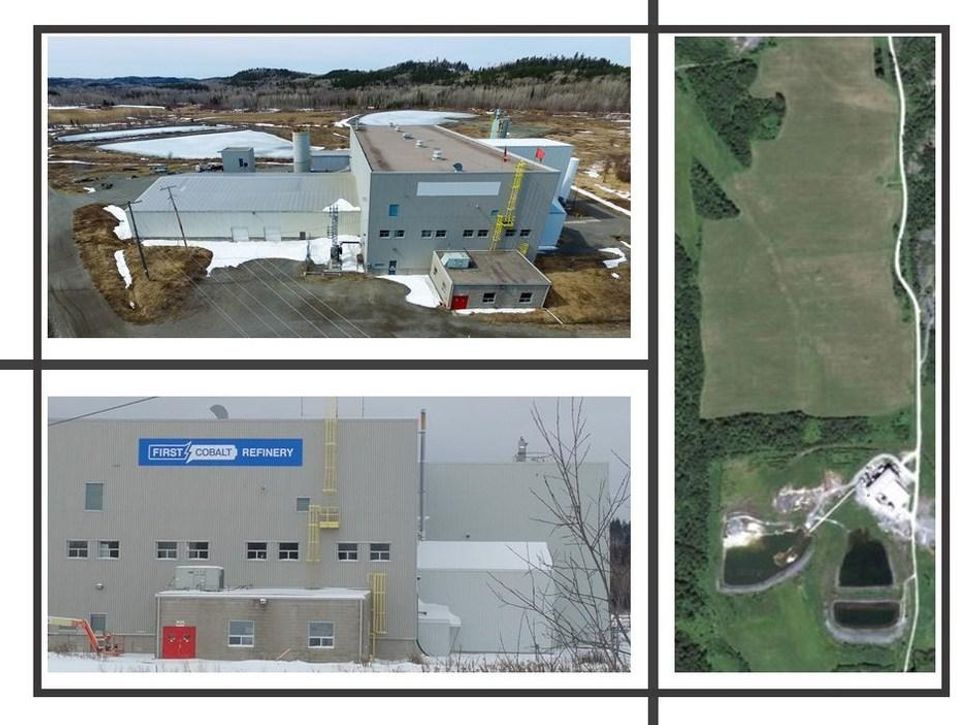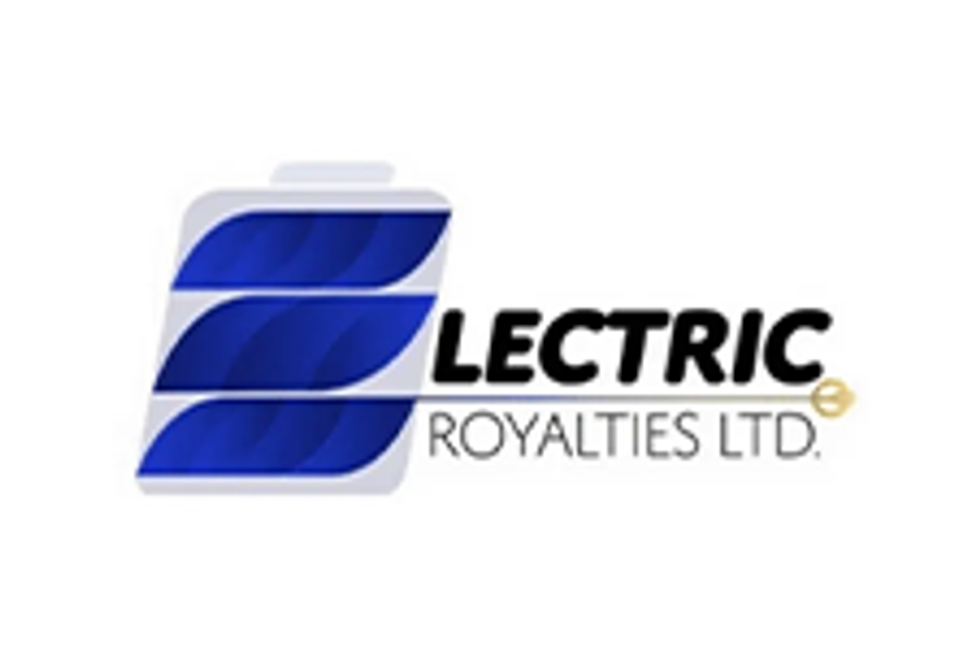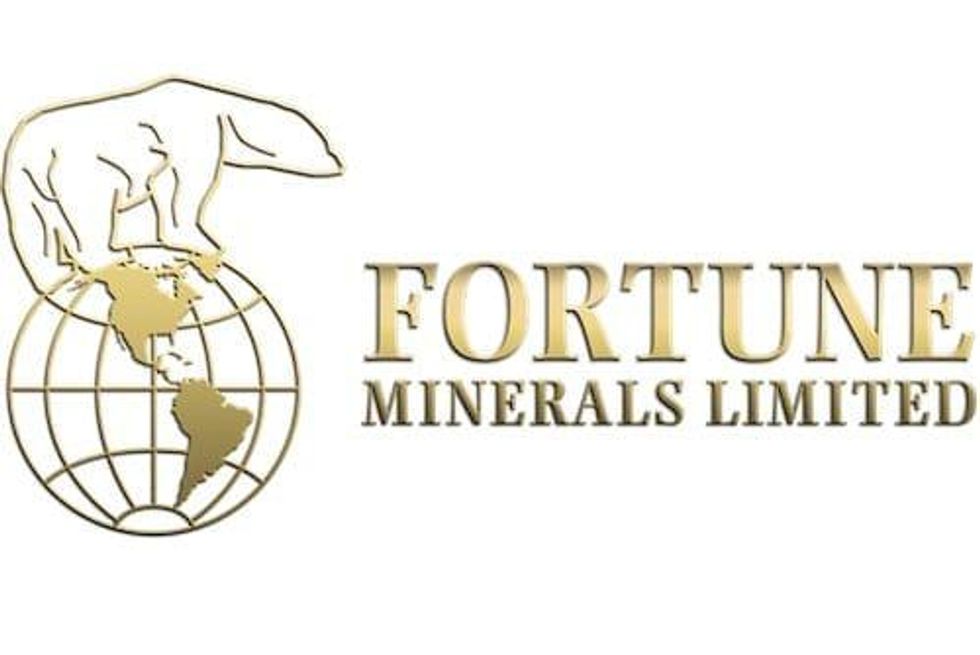First Cobalt Reports Progress in Refinery Material Testing

First Cobalt Corp. (TSXV:FCC; ASX:FCC; OTCQX: FTSSF) (the “Company”) is pleased to provide interim results from ongoing testing of cobalt hydroxide material as potential feedstock for the First Cobalt Refinery in Ontario, Canada.
First Cobalt Corp. (TSXV:FCC; ASX:FCC; OTCQX: FTSSF) (the “Company”) is pleased to provide interim results from ongoing testing of cobalt hydroxide material as potential feedstock for the First Cobalt Refinery in Ontario, Canada. The preliminary test results reported today provide further confidence that the First Cobalt Refinery flowsheet is suitable to receive cobalt hydroxide feed material.
Highlights

- 98% of cobalt successfully leached from cobalt hydroxide material in preliminary testing with solvent extraction processes used to further remove deleterious elements
- Cobalt extraction tests have begun and will be followed by sulphate crystallization to produce cobalt sulphate; results expected by the end of the quarter
- Potential to increase plant throughput through the exclusion of the autoclave circuit
Trent Mell, President & Chief Executive Officer, commented:
“Today’s results give us further confidence that the First Cobalt Refinery flowsheet can produce cobalt to supply the North American market. Having achieved this milestone, we are driving ahead with the next phase of testing including the production of cobalt sulphate, which we expect to have completed before the end of the quarter. The lower price of cobalt hydroxide on the market today points to increased margin potential through upgrading readily available supply of cobalt intermediates. We continue to explore sources of non-equity capital to finance the recommissioning of the Refinery, which could provide cash to finance future work at our flagship Iron Creek Cobalt Project in Idaho, USA.”
In late 2018, SGS Canada was engaged to test cobalt hydroxide with the existing flowsheet of the First Cobalt Refinery to determine whether cobalt hydroxide could be suitable feedstock for the Refinery (see November 8, 2018 press release). The existing flowsheet includes an autoclave circuit and a number of solvent extraction (“SX”) processes for treating various elements, as well as product precipitation and filtration stages. The testing by SGS Canada simulates these circuits to determine the ability to process cobalt hydroxide into cobalt sulphate heptahydrate (“cobalt sulphate”), a critical component of lithium-ion batteries.
Initial testing successfully leached 98% of cobalt from the cobalt hydroxide and further improved leach liquor quality through the removal of deleterious elements using an impurity SX step. SGS Canada will now test an additional SX process for cobalt extraction, to be followed by polishing to remove remaining impurities and then sulphate crystallization to produce cobalt sulphate.
The cobalt hydroxide currently being tested has head grades in excess of 20% cobalt and would not require the Refinery’s autoclave to be reactivated, providing encouragement for higher production potential than projected in an independent study prepared by Primero Group. On October 10, 2018, the Company announced the results of three studies undertaken to estimate capital requirements, operating costs, permit renewal timelines, potential feedstock options and offtake opportunities. The study by Primero Group to estimate capital requirements and operating costs assumed the Refinery’s hydrometallurgical autoclave system would be used to process arsenic-rich ores with head grades of up to 15% cobalt. Under this base case scenario, a feed rate of 24 tonnes per day was assumed, yielding annual production of 1,063 tonnes of cobalt per annum. The autoclave was identified as a potential bottleneck for a higher production rate absent additional capital expenditures. Readers are cautioned that results are preliminary and that additional work, including detailed engineering, will be required to confirm potential nameplate capacity of the First Cobalt Refinery.
Detailed Results
The first two stages of testing are intended to determine the efficacy of the leaching process and to closely track deleterious elements throughout the flowsheet to the production of cobalt sulphate, with the overall objective of producing cobalt sulphate for the North American market. The cobalt hydroxide sample tested graded 23.2% Co, 3.45% Mg, 3.27% Mn, 2.4% Fe, 1.6% Cu and 1% Si, while all other deleterious elements graded significantly less than 1% each.
The first leach test sought to leach cobalt from the sample at three different pH levels, 2.5, 2, and 1.5, targeting approximately 10 g/L Co in the resulting leach liquor. The material leached well under atmospheric conditions, implying that the autoclave circuit in the refinery would likely not be required under this scenario. Cobalt concentration in the leach liquor was consistent at all three pH levels tested, ranging from 11.3 to 11.7 g/L Co. At pH 1.5 with 94% of the total sample going into solution and 98% of the cobalt being leached.
To further remove deleterious elements and improve product quality, the initial SX contacts were conducted using D2EHPA as the organic reagent at different pH levels between 3 and 5. These tests separated cleanly with no formation of crud. The manganese level as measured by the ratio of cobalt to manganese had a starting Co:Mn ratio of 14 in solution after releaching. Tests at consecutively higher pH levels were conducted that increased the manganese loading as expected, resulting in 82% of the manganese being removed and yielding a Co:Mn ratio of 68 after a single contact. These impurity SX contacts also removed 99% of Zn and 29% of Ca from the sample.
The Co:Mn ratio that has been achieved is sufficient for this scoping level program to begin the next phase of testing, the extraction of cobalt through another SX process involving loading, scrubbing and stripping tests to upgrade the cobalt purity with the intention of producing cobalt sulphate through cobalt sulphate crystallization. Results of these steps are expected before the end of the quarter.
The First Cobalt Refinery
The First Cobalt Refinery is a hydrometallurgical cobalt refinery in the Canadian Cobalt Camp, approximately 500 kilometres from the US border. The First Cobalt Refinery has the potential to produce either a cobalt sulphate for the lithium-ion battery market or cobalt metal for the North American aerospace industry or other industrial applications. The Company is engaged in discussions with companies specializing in the marketing and sourcing of concentrates to secure sources of ethically produced cobalt as feedstock for the First Cobalt Refinery.
A final decision on whether to put the Refinery back into production has not been made at this time and any decision is contingent on the outcome of the foregoing studies as well as the Company’s ability to source viable feedstock.
On October 10, 2018, the Company released the results of three independent studies undertaken to estimate capital requirements, operating costs, permit renewal timelines, potential feedstock options and offtake opportunities. At a 24 tonne per day feed rate and using the current flowsheet, the capital cost of the restart is estimated at US$25.7M (including a 30% contingency) and a permitting review concluded that a restart is possible within 18 months of selecting a feedstock.
A corporate video featuring the First Cobalt Refinery in Ontario, Canada is available on the Company’s website at https://www.firstcobalt.com/investors/media-gallery/videos/.
Qualified and Competent Person Statement
Peter Campbell, P.Eng., is the Qualified Person as defined by National Instrument 43-101 who has reviewed and approved the contents of this news release. Mr. Campbell is also a Competent Person (as defined in the JORC Code, 2012 edition) who is a practicing member of the Professional Engineers of Ontario (being a ‘Recognised Professional Organisation’ for the purposes of the ASX Listing Rules). Mr. Campbell is employed on a full-time basis as Vice President, Business Development for First Cobalt. He has sufficient experience that is relevant to the activity being undertaken to qualify as a Competent Person as defined in the JORC Code. The term “Competent Person” is not recognised by Canadian securities regulatory authorities, and the term is used by the Company with reference to the JORC Code, and to ensure compliance with the ASX Listing Rules and applicable reporting requirements in Australia.
About First Cobalt
First Cobalt is a North American pure-play cobalt company whose flagship asset is the Iron Creek Cobalt Project in Idaho, USA, which has Inferred mineral resources of 26.9 million tonnes grading 0.11% cobalt equivalent. The Company also owns the only permitted cobalt refinery in North America and 50 past-producing mines in the Canadian Cobalt Camp.
On behalf of First Cobalt Corp.
Trent Mell
President & Chief Executive Officer
Neither TSX Venture Exchange nor its Regulation Services Provider (as that term is defined in policies of the TSX Venture Exchange) accepts responsibility for the adequacy or accuracy of this release.
Cautionary Note Regarding Estimates of Resources
Readers are cautioned that mineral resources are not economic mineral reserves and that the economic viability of resources that are not mineral reserves has not been demonstrated. The estimate of mineral resources may be materially affected by geology, environmental, permitting, legal, title, socio-political, marketing or other relevant issues. The mineral resource estimate is classified in accordance with the Canadian Institute of Mining, Metallurgy and Petroleum’s “2014 CIM Definition Standards on Mineral Resources and Mineral Reserves” incorporated by reference into NI 43-101. Under Canadian rules, estimates of inferred mineral resources may not form the basis of feasibility or pre-feasibility studies or economic studies except for Preliminary Economic Assessment as defined under NI 43-101. Readers are cautioned not to assume that further work on the stated resources will lead to mineral reserves that can be mined economically. An Inferred Mineral Resource as defined by the CIM Standing Committee is “that part of a Mineral Resource for which quantity and grade or quality are estimated on the basis of limited geological evidence and sampling. Geological evidence is sufficient to imply but not verify geological and grade or quality continuity. An Inferred Mineral Resource has a lower level of confidence than that applying to an Indicated Mineral Resource and must not be converted to a Mineral Reserve. It is reasonably expected that the majority of Inferred Mineral Resources could be upgraded to Indicated Mineral Resources with continued exploration.”
Cautionary Note Regarding Forward-Looking Statements
This news release may contain forward-looking statements and forward-looking information (together, “forward-looking statements”) within the meaning of applicable securities laws and the United States Private Securities Litigation Reform Act of 1995. All statements, other than statements of historical facts, are forward-looking statements. Generally, forward-looking statements can be identified by the use of terminology such as “plans”, “expects’, “estimates”, “intends”, “anticipates”, “believes” or variations of such words, or statements that certain actions, events or results “may”, “could”, “would”, “might”, “occur” or “be achieved”. Forward-looking statements involve risks, uncertainties and other factors that could cause actual results, performance and opportunities to differ materially from those implied by such forward-looking statements. Factors that could cause actual results to differ materially from these forward-looking statements are set forth in the management discussion and analysis and other disclosures of risk factors for First Cobalt, filed on SEDAR at www.sedar.com. Although First Cobalt believes that the information and assumptions used in preparing the forward-looking statements are reasonable, undue reliance should not be placed on these statements, which only apply as of the date of this news release, and no assurance can be given that such events will occur in the disclosed times frames or at all. Except where required by applicable law, First Cobalt disclaims any intention or obligation to update or revise any forward-looking statement, whether as a result of new information, future events or otherwise.
Source: www.newswire.ca


